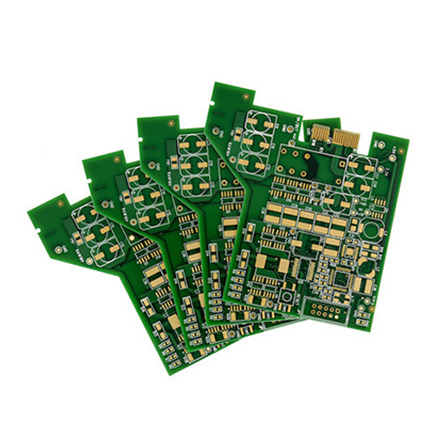

Reflective Gray Glass A Modern Design Element
In the realm of modern architecture and interior design, materials play a pivotal role in defining the aesthetic and functionality of a space. Among these materials, reflective gray glass has emerged as a favored choice, celebrated for its unique combination of elegance, versatility, and practicality. This article explores the various aspects of reflective gray glass, its applications in design, and the impact it has on contemporary spaces.
The Aesthetic Appeal of Reflective Gray Glass
Reflective gray glass instantaneously captures attention with its sleek, muted tones and shiny surface. Unlike traditional glass, which is often transparent, gray reflective glass has a mirrored finish that offers a sense of depth and sophistication. The subtle interplay between light and surface not only enhances the visual intrigue but also adds a layer of complexity to any environment.
In both residential and commercial settings, gray reflective glass can create stunning facades that blend seamlessly with urban landscapes. It reflects the surrounding environment, merging architecture with nature in a way that traditional materials cannot. This ability to mirror its surroundings encourages architects and designers to think creatively about how buildings interact with their context, resulting in cohesive and harmonious designs.
Practical Applications
Reflective gray glass is employed in a variety of applications, serving both aesthetic and functional purposes. In exterior architecture, it is often used in office buildings, shopping centers, and hotels. The reflective quality of the glass helps to reduce heat absorption, thereby lowering energy costs and improving the building's overall sustainability. This characteristic is particularly valuable in regions with warm climates, where excessive heat can lead to increased reliance on air conditioning.
On the interior design front, reflective gray glass is utilized in partitions, furniture, and decorative elements
. It can transform ordinary spaces into visually captivating environments, enhancing the perception of space and light. For instance, using gray reflective glass in a small office can create an illusion of spaciousness, making the area feel more open and inviting. Additionally, it can be incorporated into cabinetry or shelving, providing a sleek and modern look while also reflecting light to brighten up darker corners of a room.
Emotional and Psychological Impact
The colors and materials that surround us can significantly affect our mood and well-being. Reflective gray glass, with its neutral tones, can evoke feelings of calm and serenity, making it an ideal choice for spaces meant for relaxation and contemplation, such as spa facilities or meditation rooms. The sleek surface also encourages a sense of cleanliness and order, which can contribute to a more productive work environment.
Moreover, the reflective quality of the glass invites interaction, allowing individuals to see themselves in their surroundings. This dynamic creates a sense of connection between the user and the space, fostering moments of self-reflection and mindfulness in our fast-paced lives. In commercial settings, it can enhance customer experiences by creating inviting and stylish environments that draw people in.
Challenges and Considerations
While reflective gray glass offers numerous benefits, it is not without its challenges. The mirrored surface can sometimes create glare, which may be problematic in certain applications, particularly in spaces with direct sunlight. Additionally, the maintenance of reflective glass surfaces requires careful attention to avoid smudges and streaks that can detract from its aesthetic appeal.
Designers must also consider the context in which reflective gray glass is used. In densely populated urban areas, excessive use of reflective surfaces can lead to concerns about reflections disturbing nearby residents or the potential for birds colliding with buildings.
Conclusion
Reflective gray glass is more than just a material; it is a design statement that embodies modernity and sophistication. Its unique properties allow for a wide range of applications, while its aesthetic qualities elevate the spaces it inhabits. By thoughtfully integrating reflective gray glass into architectural and interior design projects, designers create environments that not only look stunning but also promote well-being and sustainability. As the world continues to evolve, reflective gray glass will undoubtedly remain a prominent choice, shaping the future of modern design.